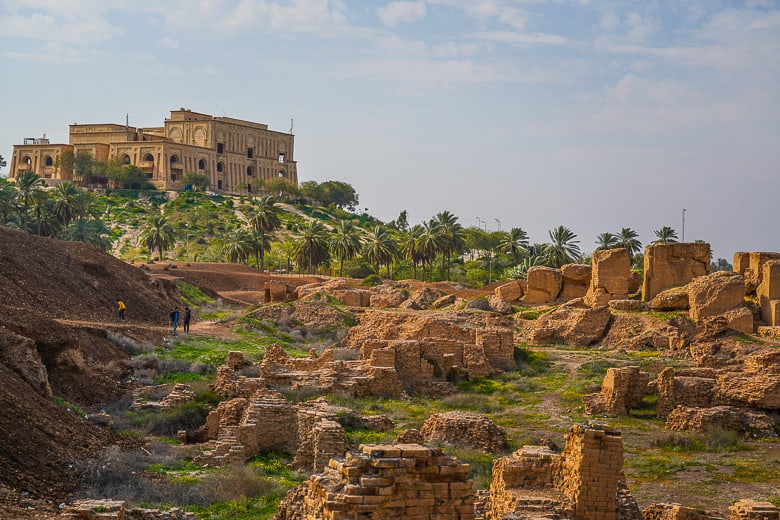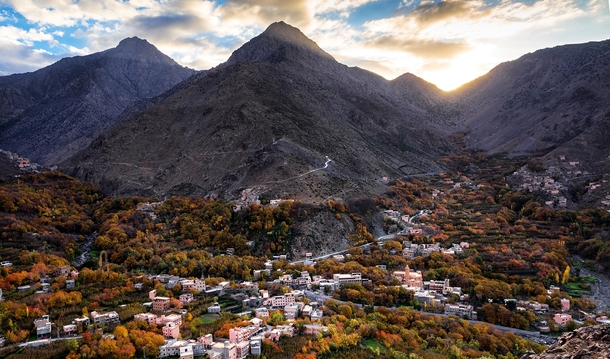In
Biblical times, the area that is now the Balfour
Forest in the hills west of Nazareth,
as with the rest of the Land of Israel, was a well-wooded and well-farmed region
and located in the tribal territory of Zvulun. After the destruction of
Jerusalem by the Romans in 70 and the consequent occupation and invasions of foreign
empires – Arabs, Crusaders, Mameluke Egyptians, and Ottoman Turks, etc., and
their havoc on the land, Israel gradually became denuded of any forestry
whatsoever with the exception of a few small areas scattered throughout the
country. It wasn’t until c. 1870 that Jews started to re-plant trees, further
south at Mikve Yisrael outside of Jaffa. Around the same time, the Sursock
family, a Greek Christian family resident in Beirut, purchased from the Ottoman
government, large swathes of the Jezreel
Valley, including the Nazereth hills which was sparsely covered with
steppes and shrubberies at the time.
With the
founding of the Jewish National Fund in 1901, tree planting and land reclamation
became more organized and on a national scale. In 1921, after lengthy
negotiations, the Sursock landholdings were legally transferred to the JNF and Kibbutz Ginegar was founded the
following year west of Nazareth and
at the southern foothills. It was the wish of the JNF as well as of the Jewish
leadership that this area be made to look like what it was originally in
Biblical times and the idea for the Balfour Forest was born, named after Arthur
Balfour, British Secretary of State for Foreign Affairs at the end of World War
I, who was sympathetic to Jewish national aspirations in the Jewish ancestral
homeland.
This was to
be the JNF’s first major forestry project, requiring a large amount of capital.
So fund-raising began almost immediately spearheaded by the Balfour Forest
Committee based in London and headed by Major George Nathan, assisted by the
Marquess of Reading. The funds were then transferred to the JNF and, in 1928, on
the barren hilltop north of Ginegar, the planting of the forest commenced
attended by Jewish and British officials including Menachem Ussishkin, chairman
of the JNF, Sir Alfred Mond, accompanied by Lady Mond, who planted the first
saplings, Chaim Weizmann, president of the World Zionist Organization, David
ben Gurion, head of the Executive of the Jewish Agency for Palestine, High
Commissioner Lord Plumer and Lady Plumer, Harry Sacher of the Palestine Zionist
Executive, David Yellin, chairman of the Vaad Leumi (the National Council of
Palestine), M. Bernard Baron, and Lady Erleigh. After the ceremonial first
planting, labor groups from Ginegar were recruited for the project assisted by
labor activists from California. All were in agreement that the forest would be
economically beneficial to both Jew and Arab alike. When the forest was
inaugurated later that year, it was a festive occasion with speeches which were
broadcast to England. Well wishes came in from London including from Balfour
himself, Sir Herbert Samuel, the previous High Commissioner of Palestine, the
Earl of Reading, former Viceroy of India, and former Prime Minister David
Lloyd-George. Chaim Solomon, member of the Jerusalem
Municipal Council, then presented the forest in the name of British Jewry to
the Jubilee Committee as a “symbol of loyalty to the throne and a token of
gratitude for the freedom the Jews have enjoyed in Britain during the King’s
reign.” The inauguration ceremony ended with the singing of Hatikvah.
In 1933, a
major forest fire occurred. Firefighters from Ginegar, and nearby Nahalal and Afula helped to put out the fire. Its cause was uncertain, but
during the Arab intifada of 1936-1939, one of many that would periodically
erupt since even before the advent of Zionism, Arab arsonists would torch the
forest several times causing extensive damage. In one incident in 1939, an
arson attempt was thwarted due to the timely intervention by the Police
Inspector of Tiberias.
After the
intifada had run its course and the onset on World War II, the forest was well
guarded and it quickly recovered – so much so that it became a location of frequent
recreational and cultural activities. In 1942, a Biblically theme theatrical
performance took place at a natural
theater setting in the middle of the forest.
In the
1950s, additional trees were planted by refugees from Europe and North Africa. In
1985, a large grove of trees was planted
in memory of William MacRae, a prominent member of the Scottish National
Party (Balfour was a fellow Scot) and long-time friend of Israel. He was also
Professor Emeritus at the University of Haifa.
Today, the
forest is surrounded by villages and towns including Migdal HaEmek on the north and west, Yefe an-Nasariyye on the north, Ginegar on the south, and Nazareth
on the east. Part of a popular recreational
bike path beginning at Migdal haEmek traverses the forest, and weekly
visits are arranged by the Haifa Jewish Hospitality Committee.


